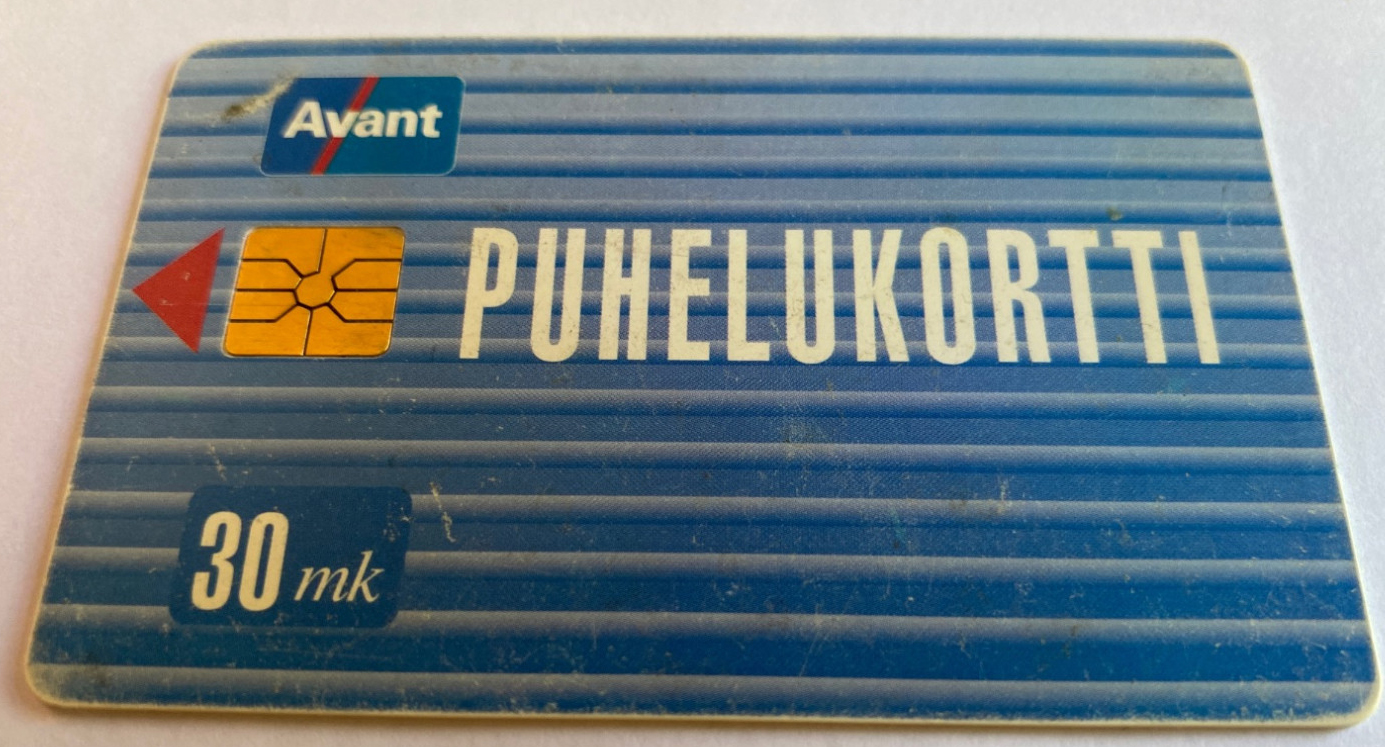From Experiment to Innovation
Finland’s journey into the digital payment era can be traced back to a groundbreaking experiment in 1987, when the country became the first to introduce pre-funded payment smart cards. This collaborative effort between commercial banks and Helsinki University of Technology marked a pivotal moment, demonstrating the transformative potential of this innovative technology.

As recognition of smart card technology’s capabilities grew, other public institutions also began to recognize its potential as a payment instrument. In 1989, the Ministry of Transport established a task force to explore new payment technologies for public transportation. This initiative resulted in the first sketches of contactless payment cards, a concept that would later revolutionize the payment landscape.
Parallel to this development, several government and municipal agencies envisioned the use of smart card technology in parking meters, pay phones, and other small-value payment scenarios. Recognizing the need to avoid fragmentation and ensure a robust security framework, the Bank of Finland stepped in to take a leading role in the development of smart cards for retail payments.
The Bank of Finland’s Pivotal Role
In 1990, the Bank of Finland organized a seminar and a series of stakeholder meetings to foster dialogue and gather support for its smart card initiative. These gatherings provided a platform for stakeholders to share perspectives, define roles and responsibilities, and refine the project’s roadmap.
The Bank of Finland’s proactive approach extended to establishing a dedicated smart card unit within its banknote subsidiary and recruiting a leading expert to spearhead the initiative. This commitment to innovation and expertise proved crucial in steering Finland’s smart card journey.
Achieving Consensus and Collaboration
Throughout 1991, the Bank of Finland engaged in further discussions with commercial banks and major retail groups to assess the potential demand and market size for smart payment cards. The mixed sentiments within the banking sector were carefully considered, and the Bank of Finland sought to address concerns and demonstrate the benefits of smart cards as a complementary technology rather than a threat.

Laying the Foundation for Modern Payments
Despite reservations, Finland’s early adoption of smart cards and the Bank of Finland’s leadership played a pivotal role in shaping the future of payments. The country’s pioneering efforts paved the way for broader adoption of contactless payment technologies, enabling faster, more secure, and convenient transactions for consumers and businesses alike.
Today, we rely on smart card technology in countless aspects of our daily lives, from boarding public transit to making contactless payments at stores and restaurants. Finland’s bold strides in the early days of smart card technology have had a profound impact on the global digital payment landscape, and the country’s legacy of innovation continues to inspire advancements in this field.



